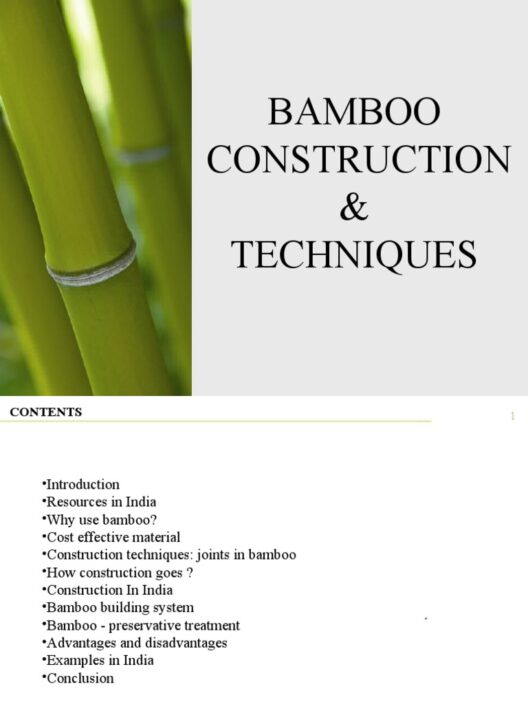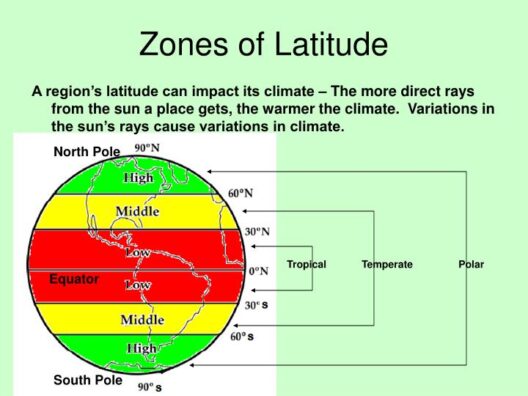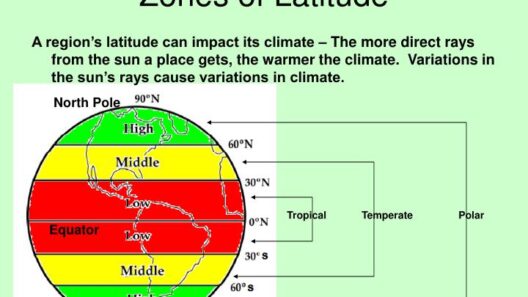Japan, an archipelago consisting of over 6,800 islands, is renowned not only for its rich culture and technological advancements but also for its diverse climates. The nation’s geographical layout significantly contributes to the variety of weather patterns experienced throughout its regions. From the northeastern expanses of Hokkaido to the subtropical warmth of Okinawa, the climatic conditions in Japan are a intricate tapestry shaped by topography, ocean currents, and seasonal winds.
Understanding the different climates across the islands is essential for both residents and visitors. Whether you are planning a trek through the snowy landscapes of the north or a summer getaway in the southern islands, knowing what to expect will enhance your experience. This article will explore the four major climate zones of Japan and delve into how they influence lifestyle, agriculture, and tourism.
Japan can broadly be categorized into four distinct climatic regions: Humid Continental, Humid Subtropical, Oceanic, and Subtropical. Each zone exhibits its own unique weather patterns, influencing everything from daily life to agricultural practices and ecosystem sustainability. Recognizing these variations is key to appreciating the environmental richness and challenges faced throughout the country.
In the north, the islands of Hokkaido present a Humid Continental climate characterized by long, cold winters and relatively short summers. Winter temperatures regularly plunge below freezing, often accompanied by heavy snowfall, making this region a popular destination for winter sports enthusiasts. The abundant snowfall that blankets Hokkaido is pivotal for the local economy, supporting ski resorts and enabling the cultivation of high-quality agricultural products, such as potatoes and dairy. The beauty of Hokkaido, adorned with frozen landscapes, attracts tourists worldwide, eager to experience its unique winter charm.
Transitioning towards the central regions of Honshu and Shikoku, the climate shifts to Humid Subtropical, featuring hot, humid summers and mild winters. The cities of Tokyo and Osaka exemplify this climate, where summer temperatures regularly surpass 30 degrees Celsius. The presence of monsoon-like rain during the late spring and summer months significantly enhances the lush greenery and agricultural viability, contributing to the bountiful growth of rice, vegetables, and fruit. However, this region is also prone to natural disasters, with typhoons commonly affecting coastal areas, necessitating robust disaster preparedness protocols.
As one ventures further south to the islands of Kyushu and Okinawa, the climate transitions to a warm Subtropical climate. This area is marked by high humidity and higher average temperatures, providing an environment conducive to tropical flora and fauna. The region’s biodiversity is notable, with vibrant coral reefs and rich marine life surrounding the islands. Additionally, Okinawa’s unique subtropical climate fosters the cultivation of sugarcane and tropical fruits, such as pineapples and mangoes, playing a vital role in both agriculture and local cuisine. However, climate change poses a significant threat to these islands, as rising sea levels and increasing temperatures jeopardize the delicate ecosystems and agricultural productivity.
The Oceanic climate, predominantly found in the regions along the Pacific coast, offers a distinct weather pattern influenced by nearby ocean currents. This area experiences mild temperatures and consistent rainfall throughout the year, which supports dense forests and diverse wildlife. The cities situated along this coast benefit from the ocean’s moderating effects, where winters are noticeably gentler compared to the interior regions. The balanced precipitation pattern fosters a thriving ecosystem, making it a remarkable area for both biodiversity and agriculture.
Japan’s climatic variety comes with its own set of challenges and opportunities. Urban areas confront the heat-island effect, where elevated temperatures disrupt the local environment, leading to increased energy consumption for air conditioning. Meanwhile, rural areas must adapt to shifting weather patterns that can influence agricultural yield. The nation actively promotes sustainability initiatives, focusing on reducing carbon footprints, enhancing energy efficiency, and preserving natural habitats. Efforts are underway to promote sustainable tourism practices that educate visitors about ecological stewardship and the importance of protecting biodiversity.
Japan’s weather not only affects agricultural practices but also profoundly influences cultural traditions and seasonal festivals. Each climate zone celebrates different seasonal phenomena, from cherry blossoms in the spring to the vibrant hues of autumn foliage. Festivals reflecting the seasons, such as Hanami or the Snow Festivals in Sapporo, not only offer a glimpse into Japan’s rich culture but also emphasize the importance of seasonal awareness in daily life and community engagement. As climate change continues to impact natural cycles, the preservation of these cultural traditions becomes increasingly vital.
In conclusion, Japan’s climatic diversity is a defining aspect of its national identity. The intricate interplay of climate, topography, and culture offers a vivid reflection of the land’s environmental richness. Understanding this variety is essential for appreciating the complexities of Japan’s ecosystems and the lifestyle of its inhabitants. As the world grapples with the realities of climate change, Japan stands as a testament to the need for adaptability and resilience in facing climatic challenges while celebrating the beauty and diversity of its islands.






